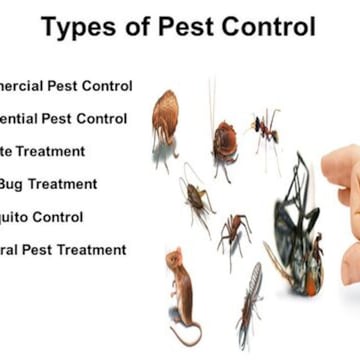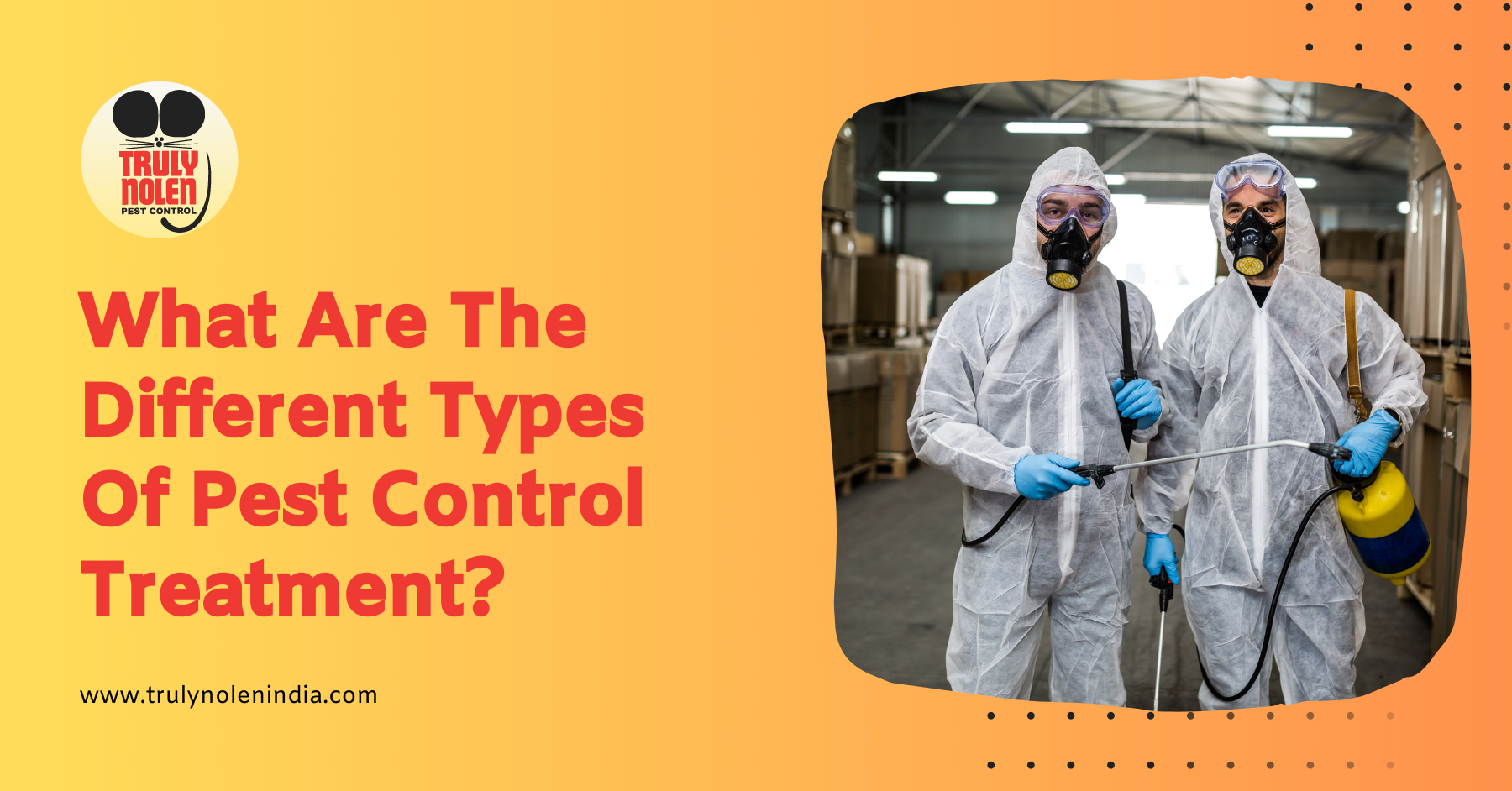Indicators on Pest Control You Should Know
Table of ContentsPest Control for DummiesThe Pest Control Diaries5 Simple Techniques For Pest ControlGetting The Pest Control To WorkThe smart Trick of Pest Control That Nobody is Discussing
Check out plants very carefully (tops of fallen leaves, bottoms of leaves, stems, and soil) prior to growing to be sure they are tidy. Think about planting determined as resistant to insects. Immune cultivars are those that fend off, are unappealing to, or otherwise disagree as food for certain pests or that endure feeding by specific pests with little decrease in yield or high quality.If deer are a problem in a garden, pick a plant that is normally immune to deer predation over a plant that is extra appealing to deer. Growing 2 similar crops in successive years has a tendency to raise bug issues.
Some insects hibernate in the soil or clutter around plants or lay eggs in or on the host plant. Usage related plants in a site only as soon as every three or four years.
Plant turning is most efficient on parasites that develop on a few plants. Pests that come to be serious on cabbage probably likewise infest nearby mustard, broccoli, and collards, yet they might not spread out to cabbage grown on the other side of the yard.
The 8-Minute Rule for Pest Control

If the weeds are carefully related to the crop plants, they can nurture insect bugs and should be eliminated. Bugs with a wide host rangesuch as armyworms, crickets, cutworms, flea beetles, grasshoppers, lygus pests, slugs, snails, stink pests, and thripsoften inhabit scraggy locations and can relocate to close-by preferable plants.
It is crucial to trim weeds prior to a plant is developed to prevent insects from relocating to the desirable plants. Weeds that draw in insects can be a feeding ground for birds.
The Greatest Guide To Pest Control
The flowers of thistle, plantain, knotweed, and dandelion are vital to honey bee populaces. Removing weeds after flowering yet prior to seed collection provides food for the honey yet keeps the weeds from continuing to spread out. One more way to take care of insect pests is to plant a plant that is extremely eye-catching to pests and afterwards deal with the catch crop with pesticide.
Crop rotation is an important cultural approach for reducing bug and condition problems, yet many gardeners do not have the room to sufficiently execute this practice. Where room is restricted, it might be best to allow the yard to lay fallow for a year or more or even more. Take into consideration raised beds with new soil or plant in containers when you know a condition problem exists.
Number 82. click to read Leave a couple of inches of room around the trunk of the plant when mulching. hardworkinghippy: La Ferme de Sourrou Number 83. Constantly check the undersides of leaves at the baby room. Note the high density of whiteflies under this tomato leaf. Scot Nelson Flickr Number 84. Crop rotation is necessary.

4 Simple Techniques For Pest Control
Nearly any kind of huge non-venomous bug can be picked off at any kind of phase. To stay clear of the job of hand-squashing the pests, knock the insects and egg clusters into a coffee can or quart jar with a little quantity of water and a bit of dish detergent. Insect traps can aid with discovery and monitoring.
Also, these traps do not capture some wingless types, along with those varieties active just during the day (diurnal) rather than active throughout the night (nighttime). Scent catches are Read Full Report used for discovering the visibility of bugs or occasionally for interfering with insect breeding habits. Adult females generate and release a chemical smell attractive to males of the exact same types.
Rain, amazing temperatures, wind rate, and wind direction can lower the appeals' performance. The best success takes place when the pest density is low and activity into the location is minimal.
The 8-Second Trick For Pest Control
Mix 1 quart of clay with 2 gallons of water and 1 tbsp of fluid soap in a sprayer. Constantly perturb the sprayer to prevent clumping of the clay. Reapply every one to 3 weeks. This barrier is preventative; it will certainly not function if an insect bug is currently developed.